Types of Edging for your Lawn
There are plenty of types of edging as ways to elevate the curb appeal of your home. One of the easiest is to add definition to your flower beds with landscape edging. It adds a sense of organization to a home’s exterior. In practical terms, it also keeps mulch and soil in your flower bed and out of your lawn.
But there are so many different types to choose from. Here’s a quick guide to help figure out what type of edging is right for you.
Edging Overview
Aside from the aesthetic, there are two basic factors to take into consideration when searching for the right edging. Cost, of course, is on everyone’s list. As with any home project, the cost can vary widely, and generally the less-expensive materials will need more maintenance and more frequent replacement.
Difficulty to install is the other major factor. Some types of edging are incredibly simple to install – all you need is a pair of gloves, a hammer, and 30 minutes. Others will take up most of your day and might require a bit of digging to make sure they’re set.
Plastic and Metal
Least expensive, easy to install, least durable
I lump these together since they have the same aesthetic. Plastic and metal edging are the least expensive options for lawn borders. Both materials come in green, brown, and black options to help blend in with your landscaping.
Installation is also a breeze for these types of edging. They typically come with landscape nails or stakes to hold them in place. The plastic styles come in a roll that unravel for any shape border. Metal options are a little trickier. They’re easy to shape for curves, but if you bend them too far, they might form creases that become permanent.
While both plastic and metal types are waterproof (most metal edging is powder-coated), after a few seasons of wind, mowing, and settling, they’ll need to be replaced.
Wood Edging for a Rustic Look
Inexpensive, easy to install, specific look
We can break our wood options into two products: edging sections and pressure-treated timber.
The edging sections are similar to the plastic and metal options, though more expensive. Wood edging sections come in segments of (usually) 3-feet. Install a few of them side-by-side, and voila, you have a great-looking border! Installation is just as easy as the plastic or metal edging. Most wood edging sections come with built-in stakes that press into the ground. They’re also flexible enough to handle curves and circles.
Pressure-treated timber is a completely different type of edging. It’s incredibly pragmatic, though lacks the curb appeal that any of the others have. This is the least expensive and one of the longest-lasting options in this article, but with practicality comes a lack of aesthetic.
This timber comes in 8-foot sections, and the pressure treatment allows it to withstand the elements for years. Similar to deck lumber. However, it’s not flexible, so you’ll have to square off any curves, or get creative with your angles.
Pressure-treated timber is the first stackable type of edging I’ve mentioned. A single bed with these stacked 4 or 5-tall can create nice definition between a flower bed and lawn. If you’re feeling ambitious, plan several beds at different heights next to one another. That slight change in height gives a better look to an otherwise straightforward material.
Stone Pavers and Edging Bricks
Most expensive, most time to install, most durable
Stone options are the longest-lasting and come in a wide variety of styles to fit your look. Of course, they’re also the most expensive of the bunch. Edging bricks are the most common (and they’re made specifically for lawn edging), but some home owners also use stepping stones or pavers. All are viable options.
Edging bricks create a unified surface that adds a sense of purpose and organization to your flower beds. They’re created to interlock, making installation simple. Many options will also have small lips on the back, allowing them to be stacked without worry of toppling over. If you’re going to stack, make sure to get some construction adhesive. A small amount between each layer will keep the whole stack strong throughout its life. These bricks also come in hundreds of shapes, sizes, and colors. There’s definitely one out there to match your exterior.
If you’re going the stepping stone route, you’ll need more pavers. These tend to be thinner than edging bricks, but can add a sense of style your neighbors will envy. Their irregular shape will make installation more time-consuming. It’s like putting together a loose puzzle – you want all the edges generally facing the same direction, but it won’t be uniform. Those irregular surfaces can also be easy to knock over – make sure to use construction adhesive on these, too.
With any stone option, you’ll want to bring out your shovel, too. A shallow trench (we’re only talking 1/2-inch) will help your first layer of stone edging stay in place. It’s not much extra work, and certainly worth it in the long run.
Make Your Home Shine
Your home’s exterior is its calling card, and lawn edging can be a great way to give it a boost. It’s a weekend project that adds definition and purpose to your lawn while increasing curb appeal. If you’re thinking about moving, most buyers will make their decision within the first minute of seeing a home, and that curb appeal plays a major factor. Regardless of your reason, now you can find the right type of edging for your home and make the exterior shine!
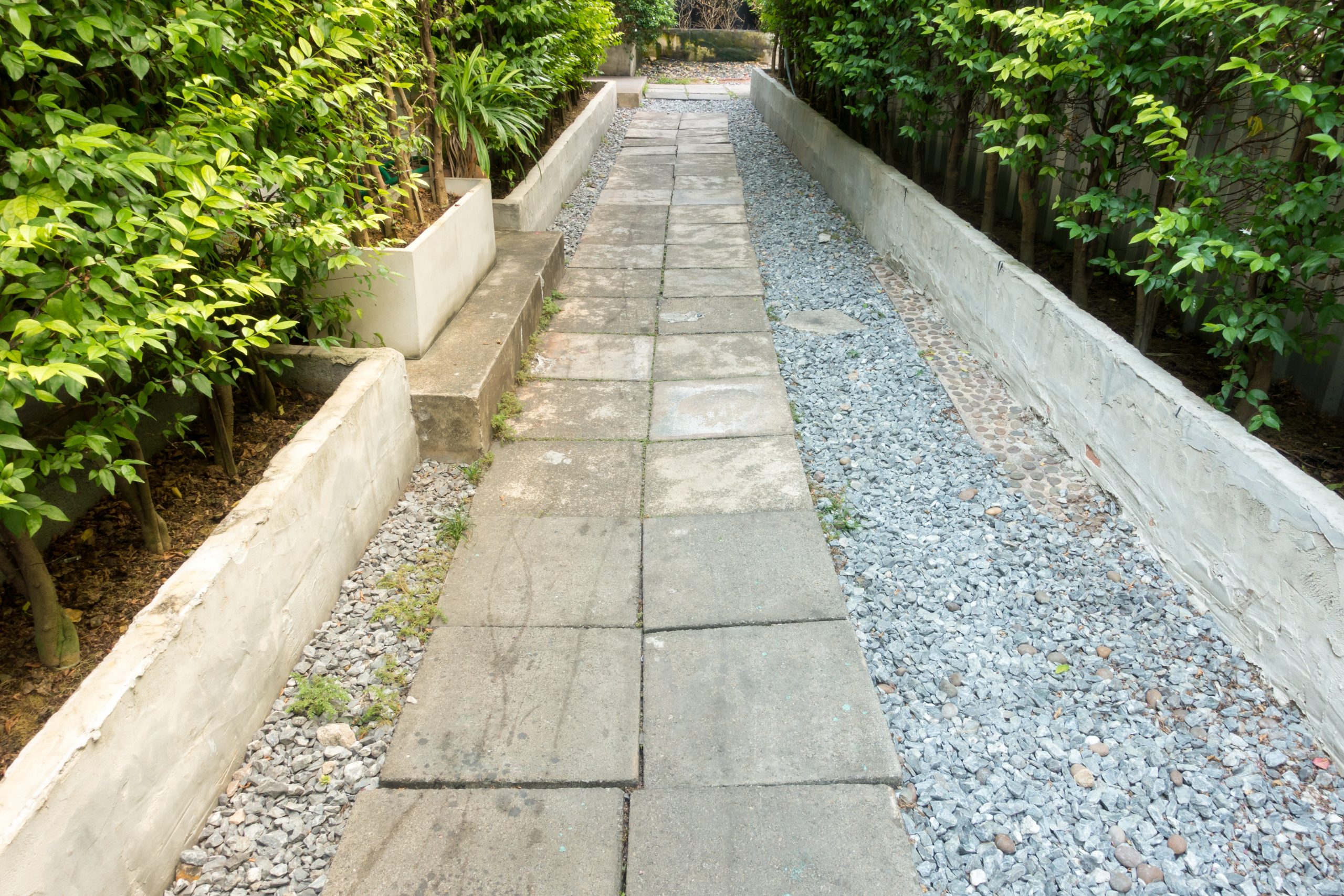

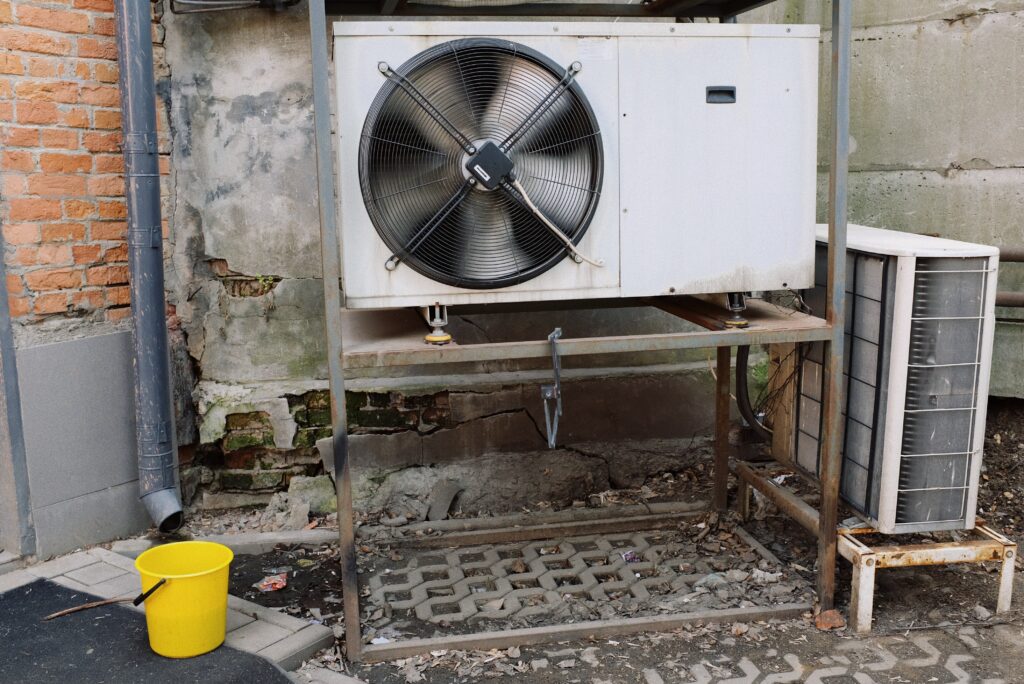
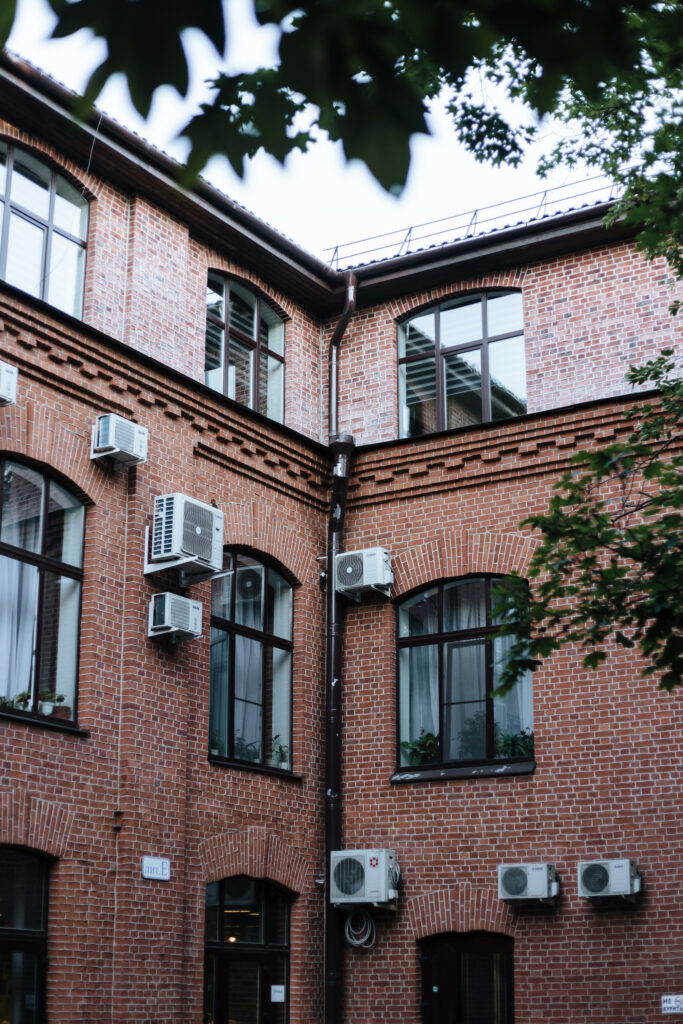
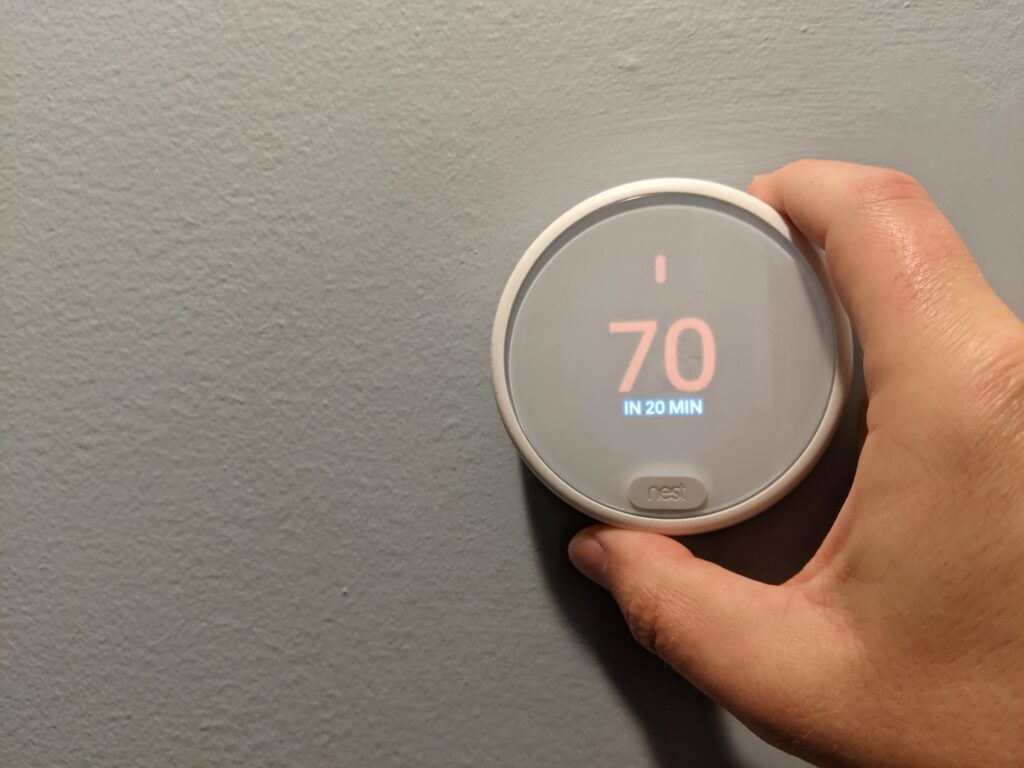
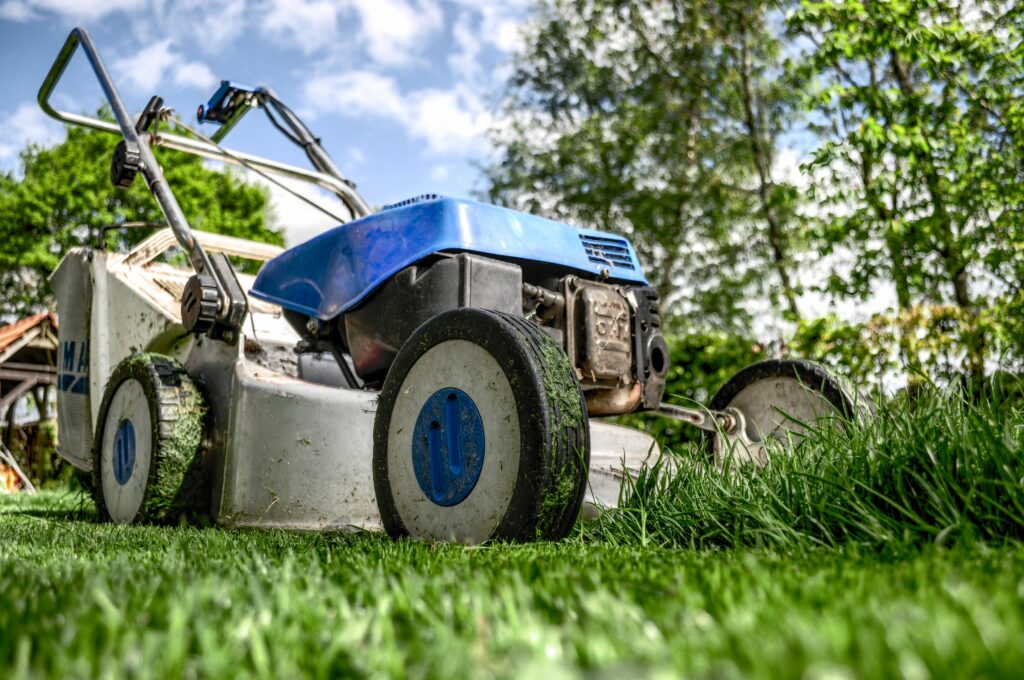
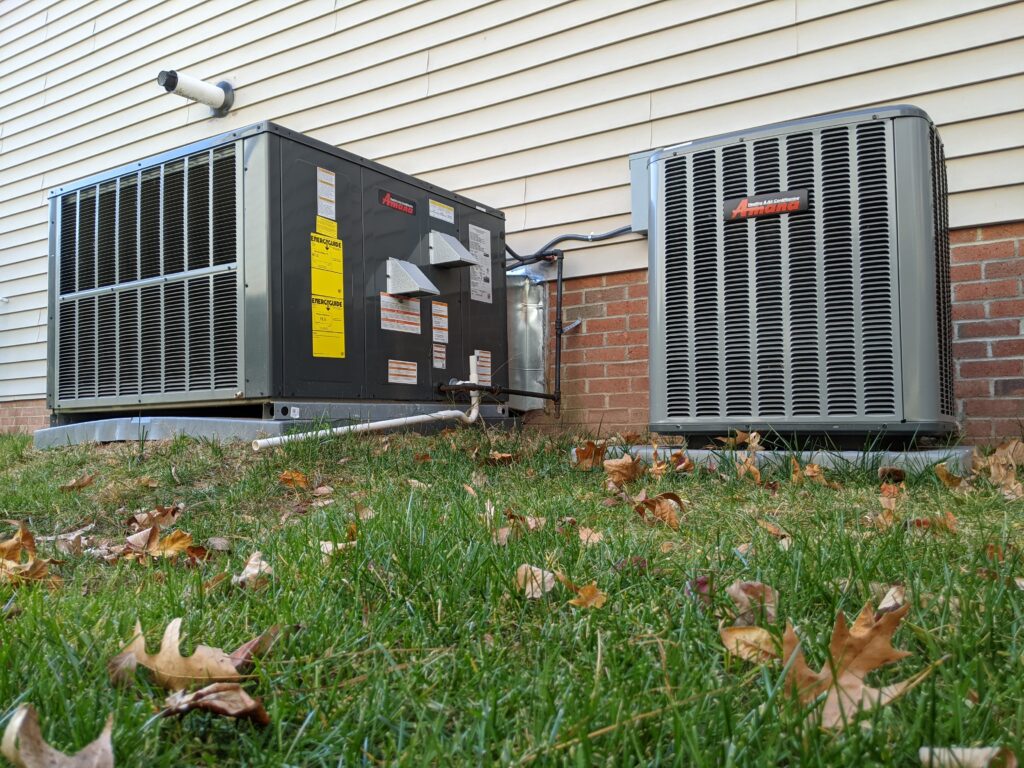
Leave a Reply